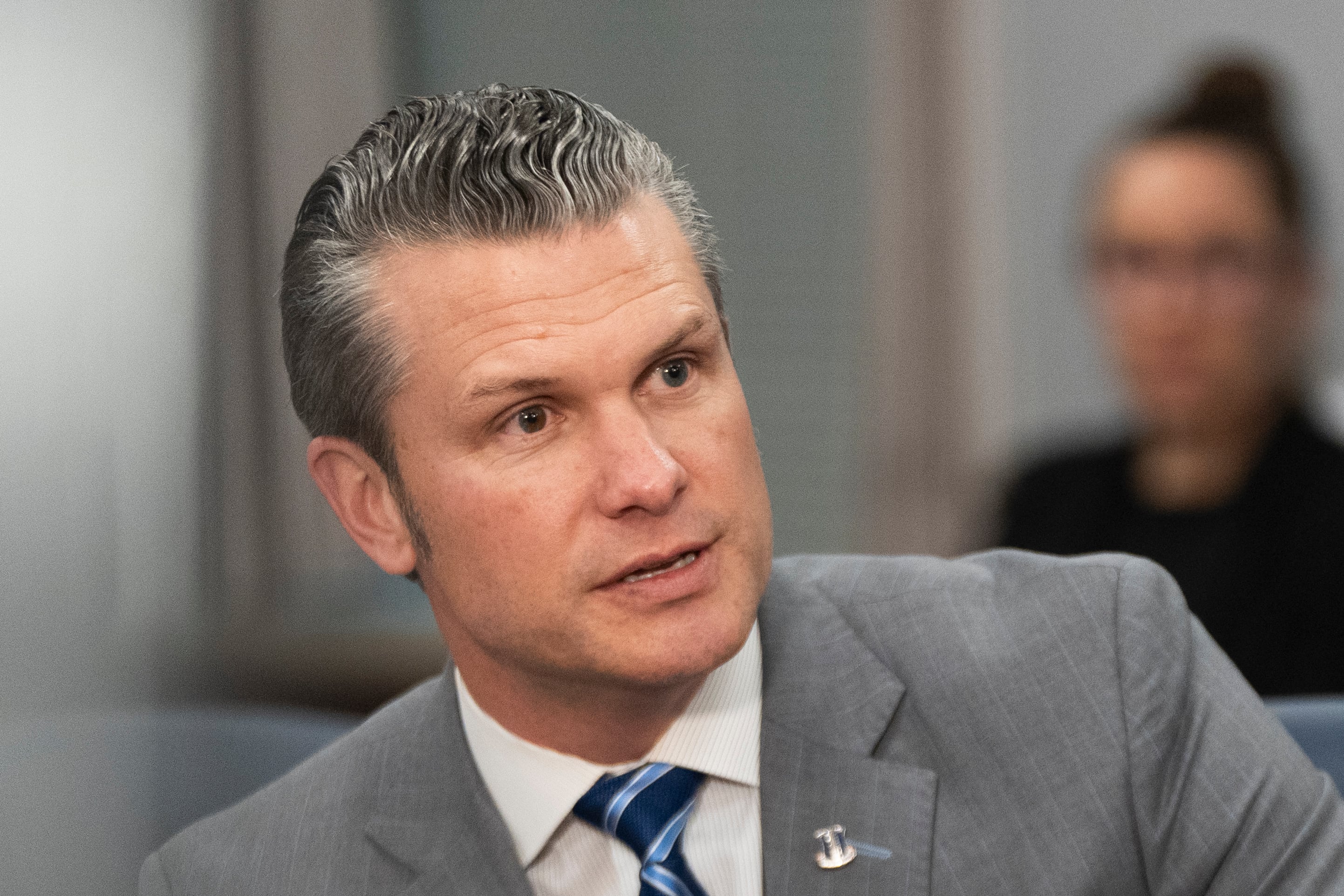ready to edit
The Air Force's headquarters reductions to its headquarters announced last summer were was nothing but a "shell game" and failed didn't actually follow higher direction to cut 20 percent of top-level staff as ordered, Sen. John McCain, R-Ariz., a powerful senator said in a letter Wednesday to the Air Force secretary today.
"The 20 percent headquarters reductions were meant to make Defense Department operations more efficient while saving money for American taxpayers," McCain, chairman of the Senate Armed Service Committee, wrote in a letter today to Air Force Secretary Deborah Lee James. "But the conduct of the Air Force in response to this guidance seems to have produced no actual staff reductions and yielded no actual savings."
The Air Force last year announced a reorganization of its manning and organization offices, cutting 3,459 positions to save $1.6 billion over the next five years after then-Defense Secretary Chuck Hagel directed all services to cut headquarters staff by 20 percent. The moves focused on attrition by not filling open positions and through voluntary separations.
The Air Force did not actually remove 20 percent of its headquarters staff through attrition or otherwise, which did not follow the Defense Department guidance at the time, according to Senate Armed Services Committee chairman John McCain said , R-Arizona. In short, people needed to be laid off, he said.
"The 20-percent headquarters reductions were meant to make Defense Department operations more efficient while saving money for American taxpayers," McCain wrote in a letter today to Air Force Secretary Deborah Lee James. "But the conduct of the Air Force in response to this guidance seems to have produced no actual staff reductions and yielded no actual savings."
Also, tThe Senate Armed Services Committee has not received a reprogramming request outlining the savings from its move, McCain wrote. The Air Force, in announcing its moves, said it would create the savings over the course of five years.
"In reality, the Air Force pursued a shell game that simply moved money to fund the same positions elsewhere in the service," McCain wrote.
James and other Air Force officials boasted about the move when it was announced last summer, saying the service was making the 20 percent reductions in one year while it had a five-year window under Hagel's order.
"I will work to ensure the world's best Air Force is the most capable at the lowest possible cost to the taxpayer," James wrote in announcing the move. "Everyone knows our economy is still not where it should be; we have a responsibility to ensure that every dollar adds value to the taxpayers and our national defense."
James highlighted the move again during a March 18 Senate Armed Services Committee hearing on March 18, saying it included civilians, contractors and the redirection of military personnel.
"We didn't have to do it in one year," James said. "SECDEF's challenge was over five, but we did it in one year because we thought it was the right thing to do and it would free up the dollars more quickly."
The Air Force Management Headquarters Review was focused on deactivating and realigning organizations at the major command headquarters level, and it created one office to oversee all installation support. The Air Force provided a breakdown of the position reductions, with the most being a cut of 742 from Joint Base Langley-Eustis, Virginia; and another 734 from the Pentagon. However, McCain wrote that these did not actually include the removal of civilians from the overall payroll of the Air Force.
The Air Force will respond to the letter as quickly as possible and will further explain its efforts to meet the reduction mandate, according to a service spokeswoman said.





